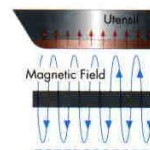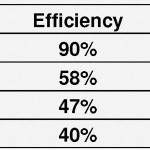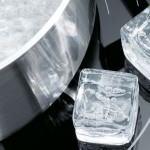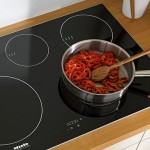Induction cooktops are currently the hot trend in kitchen appliances. They have been hailed as “magical devices” because of their safety, energy efficiency, and relative ease of cleaning.
Wisegeek.com has a great description of this type of product:
“An induction cooktop has series of burners or “induction coils” which generate magnetic fields that induct a warming reaction in steel-based pots or pans; it is the cooking vessels themselves that heat the food, not the stove elements. Because of this form of heat generation, the cooktops may feel slightly warm to the touch after they are turned off, but they remain relatively cool – and thus much safer.”
Because of the reduced cooking time, the energy savings can be substantial. Induction cooktops are 85-90% more energy efficient compared to electricity powered stoves and ovens, and they use approximately half the energy of gas-sourced models.”
There are however a couple of technical points to be aware of. First, you need to make sure that you have enough power supply in your home to support the electrical requirements of an induction cooktop, which is higher than a regular electric stove. You will need to read the electrical specifications carefully. Second, you need to take care when you choose the brand of your induction cooktop as there are installation differences between models – some are able to be installed flush with the counter top, while others have a raised profile.
Slow Home Studio will return with new Design Minutes on March 9, 2012.
Today’s Slides:





Best of Slow Home Studio: Induction Cook Tops
-
Marilyn
-
Expat



